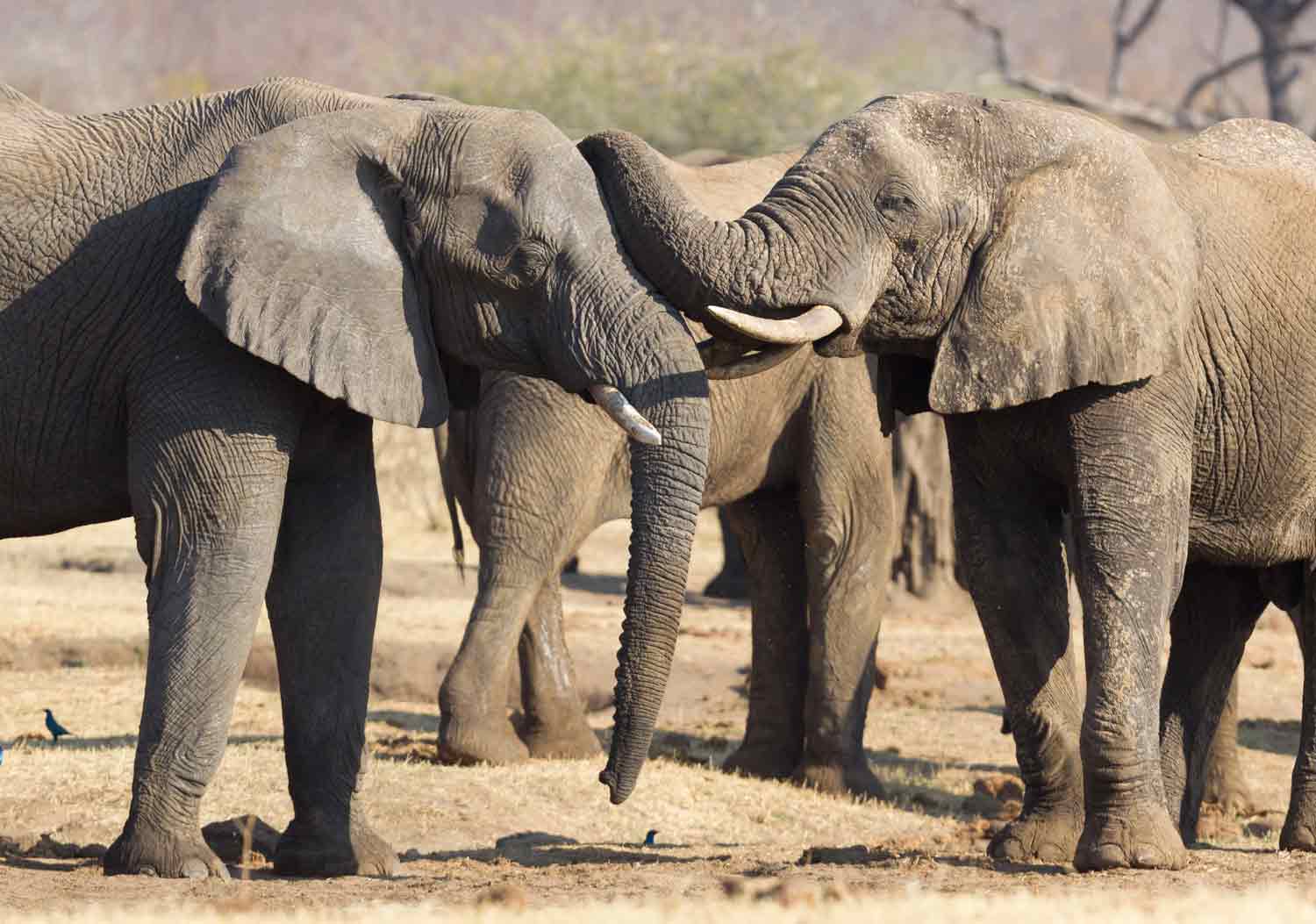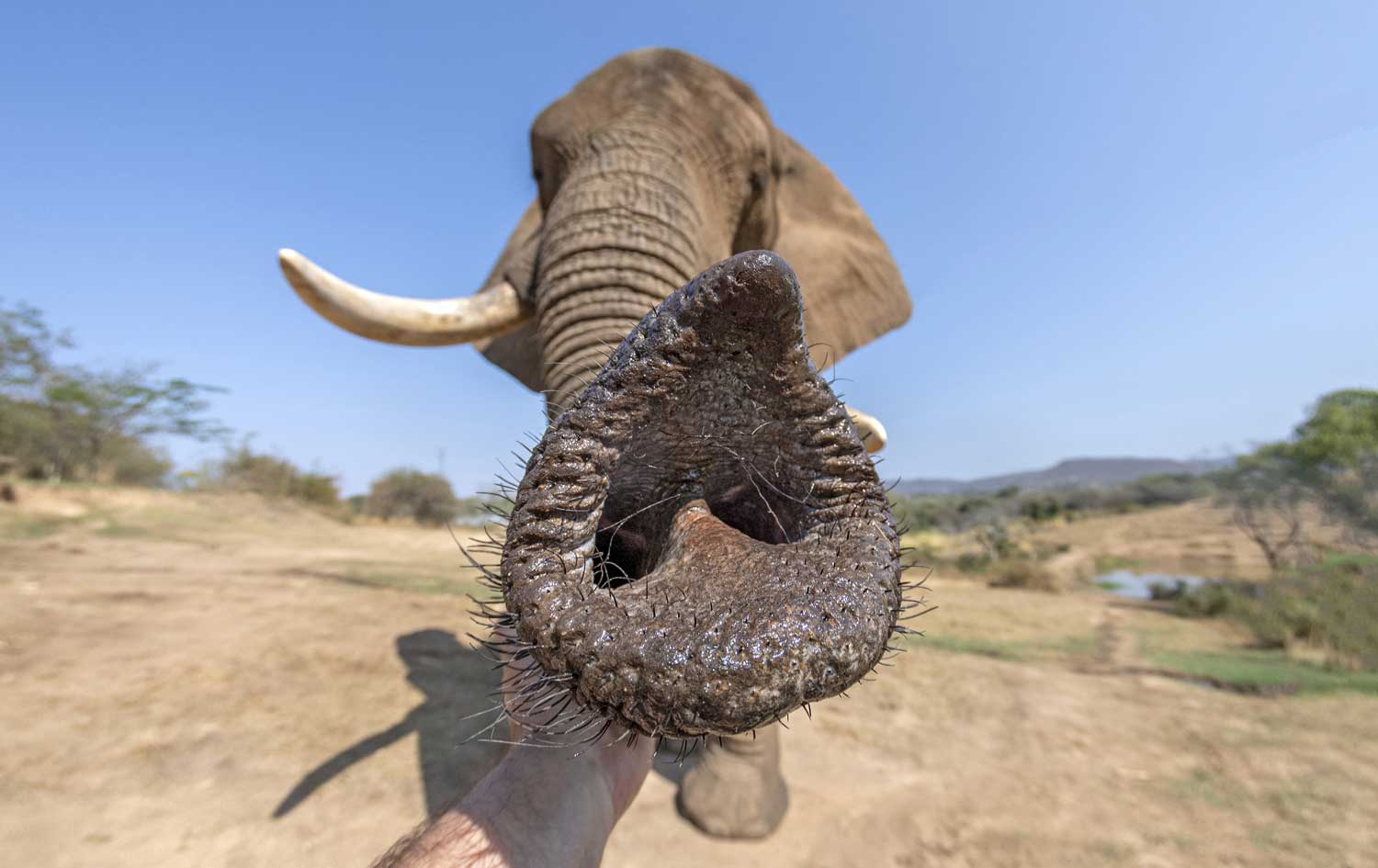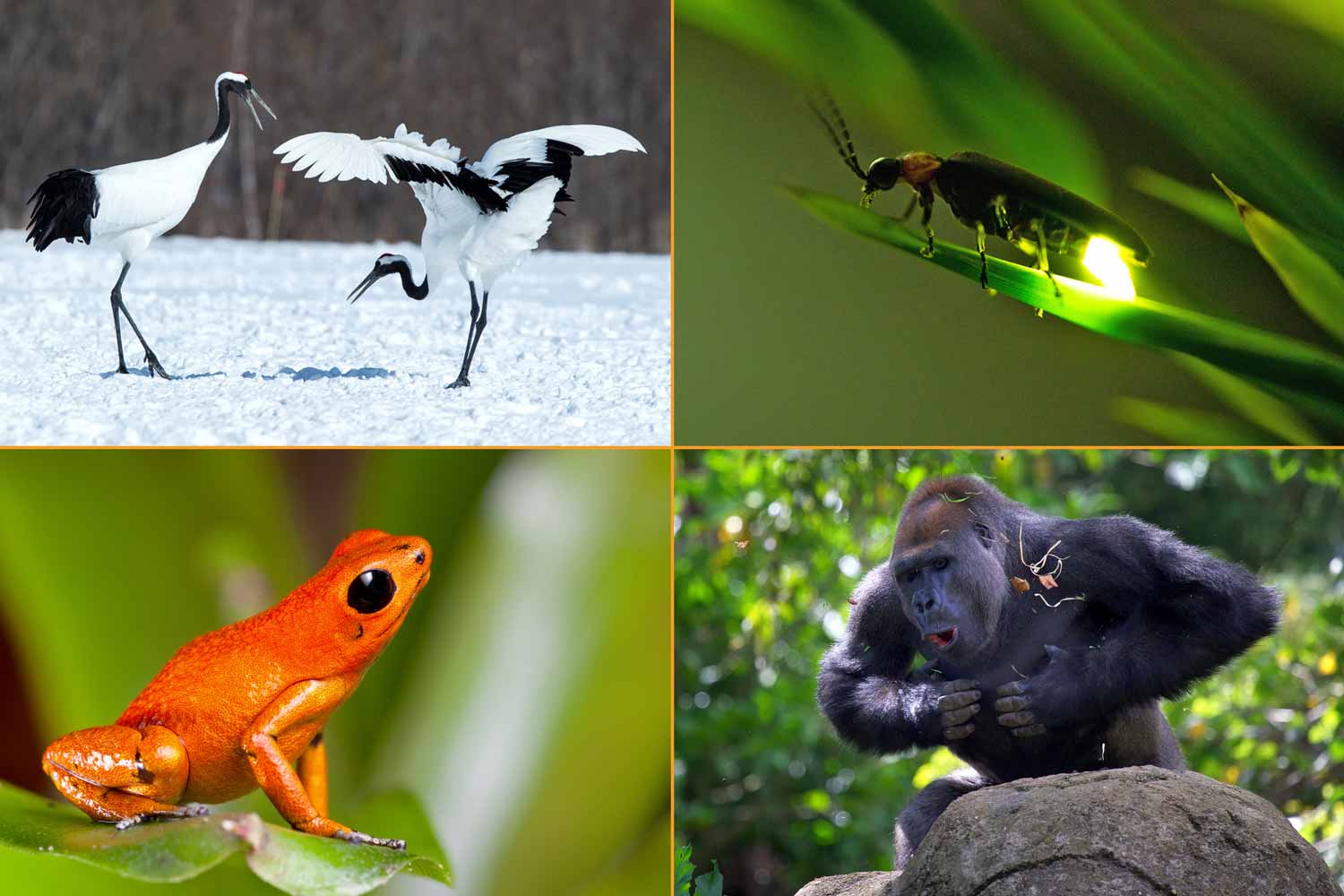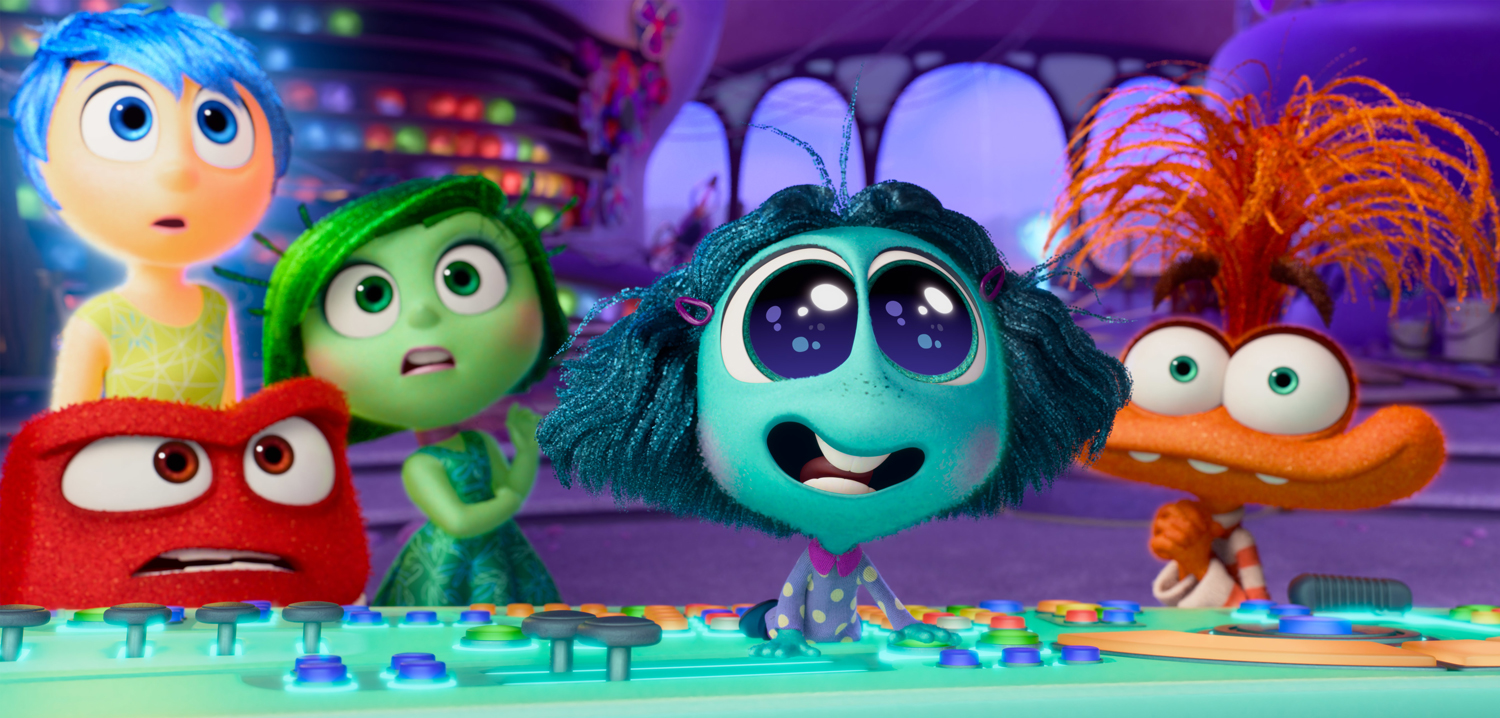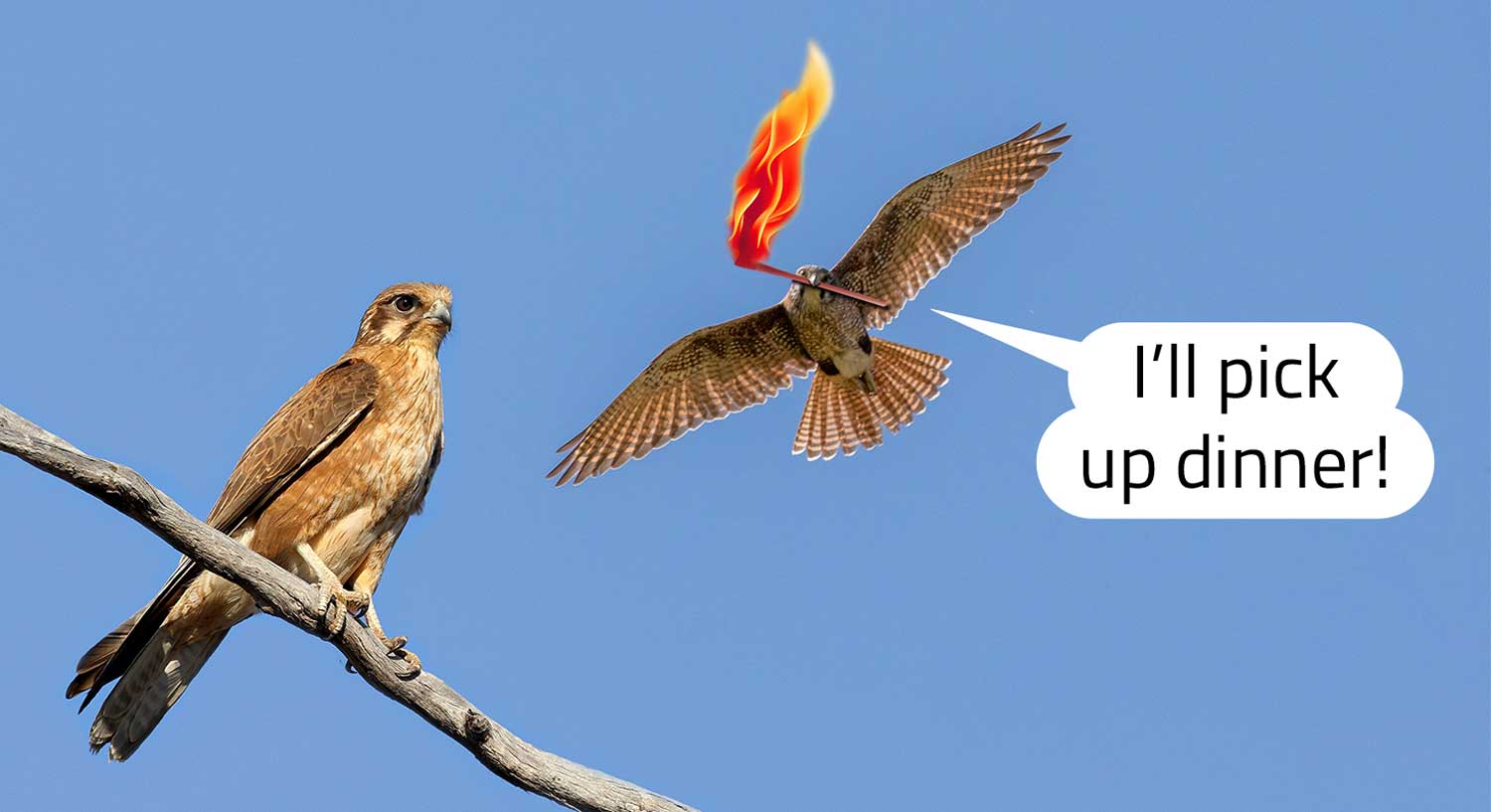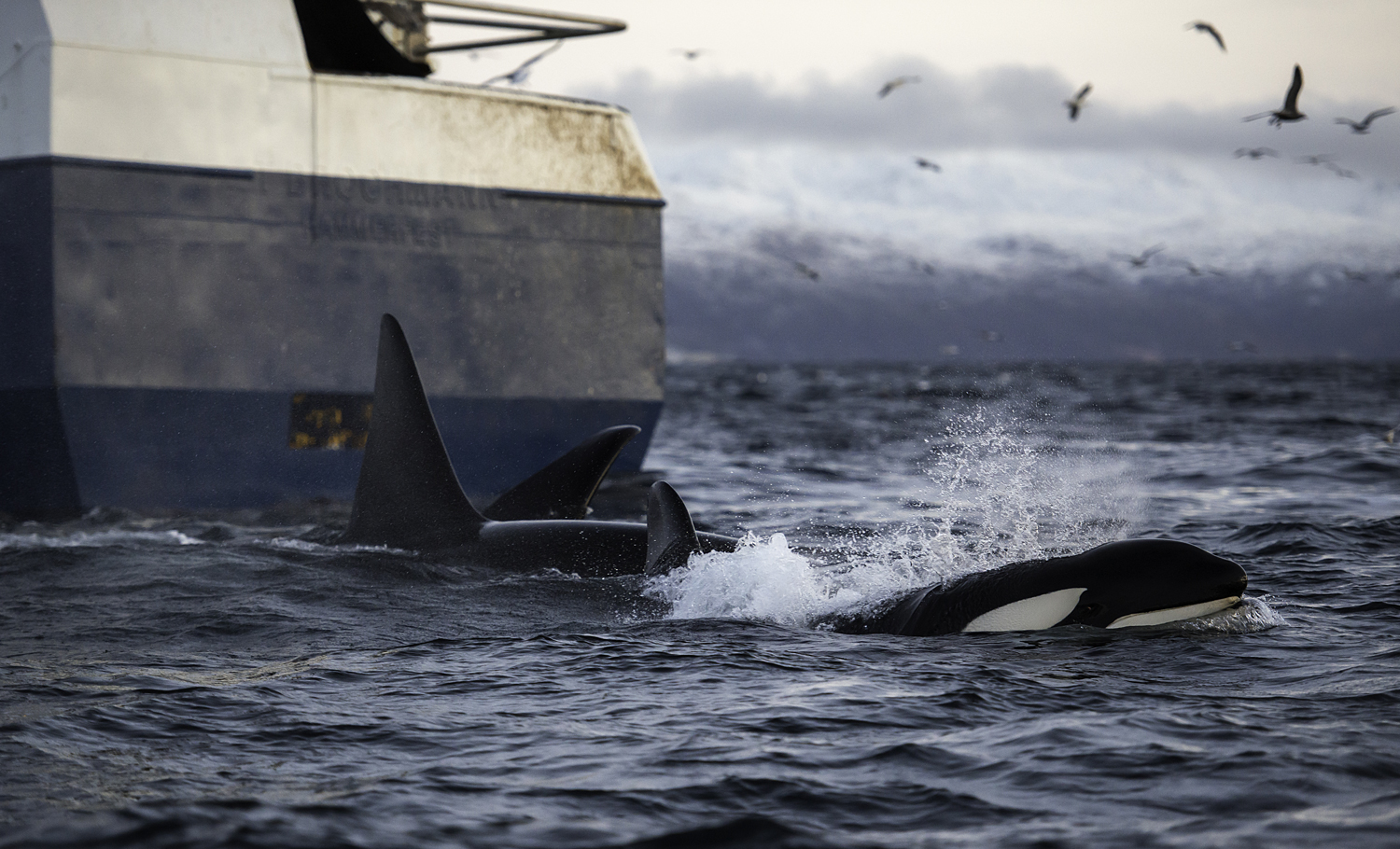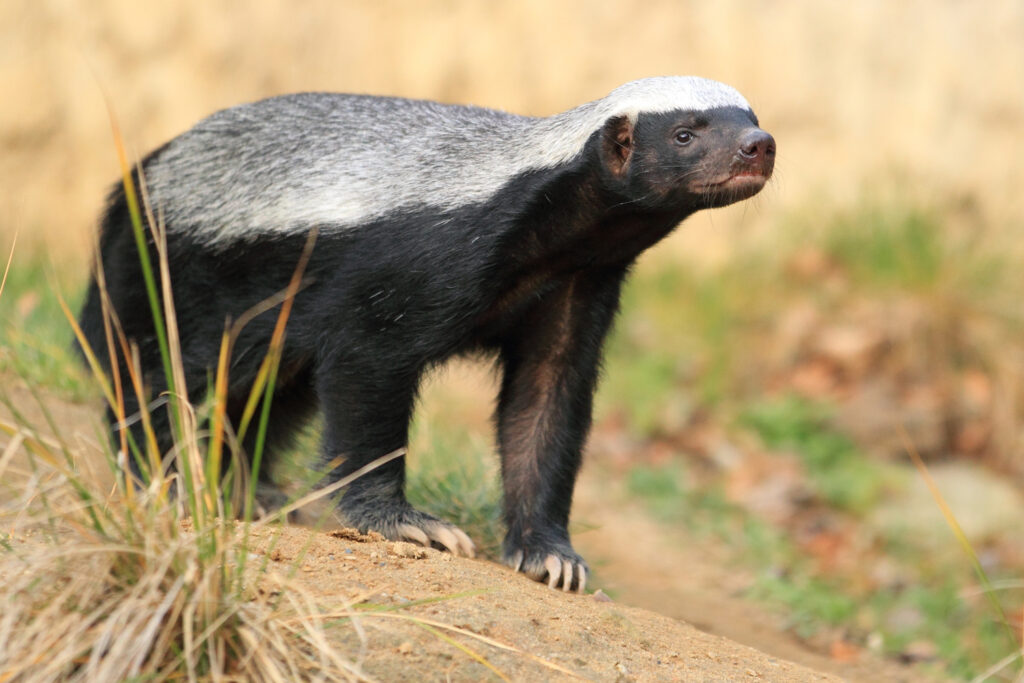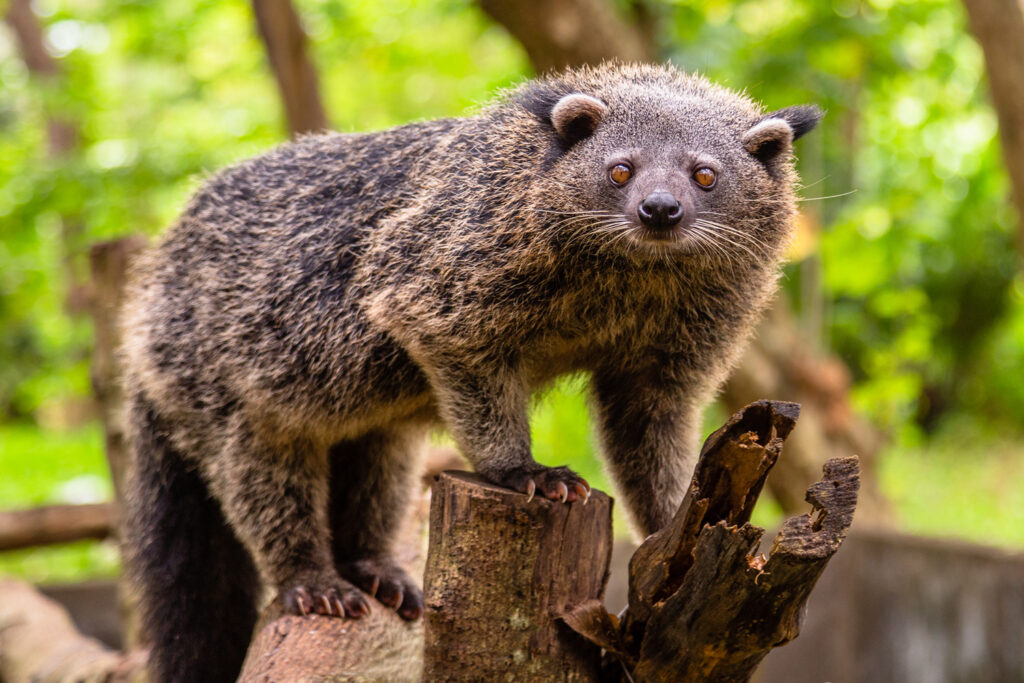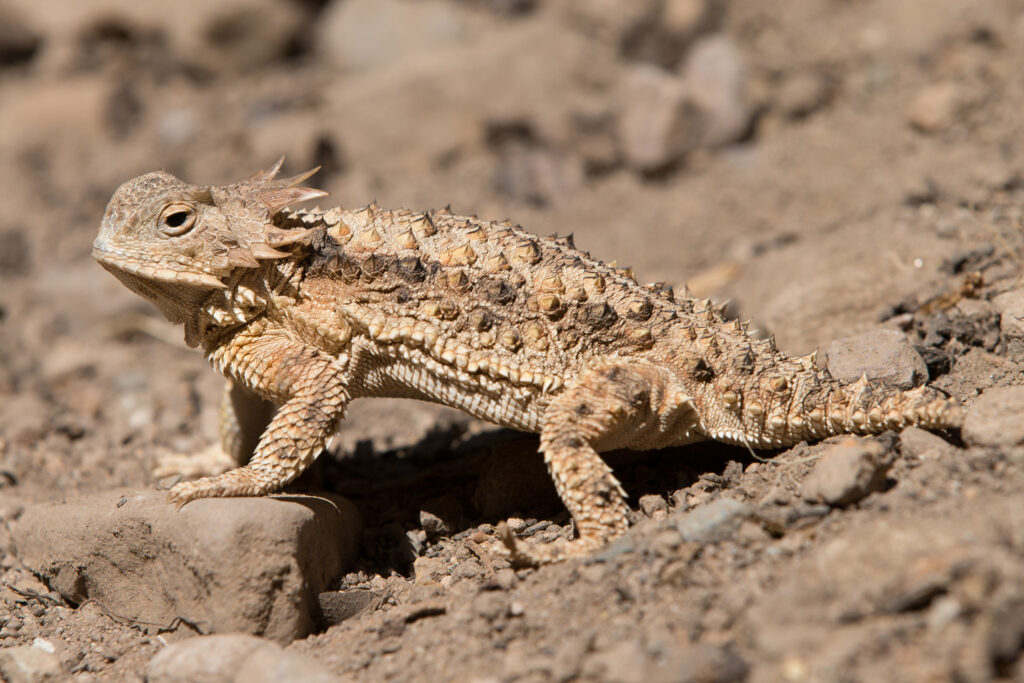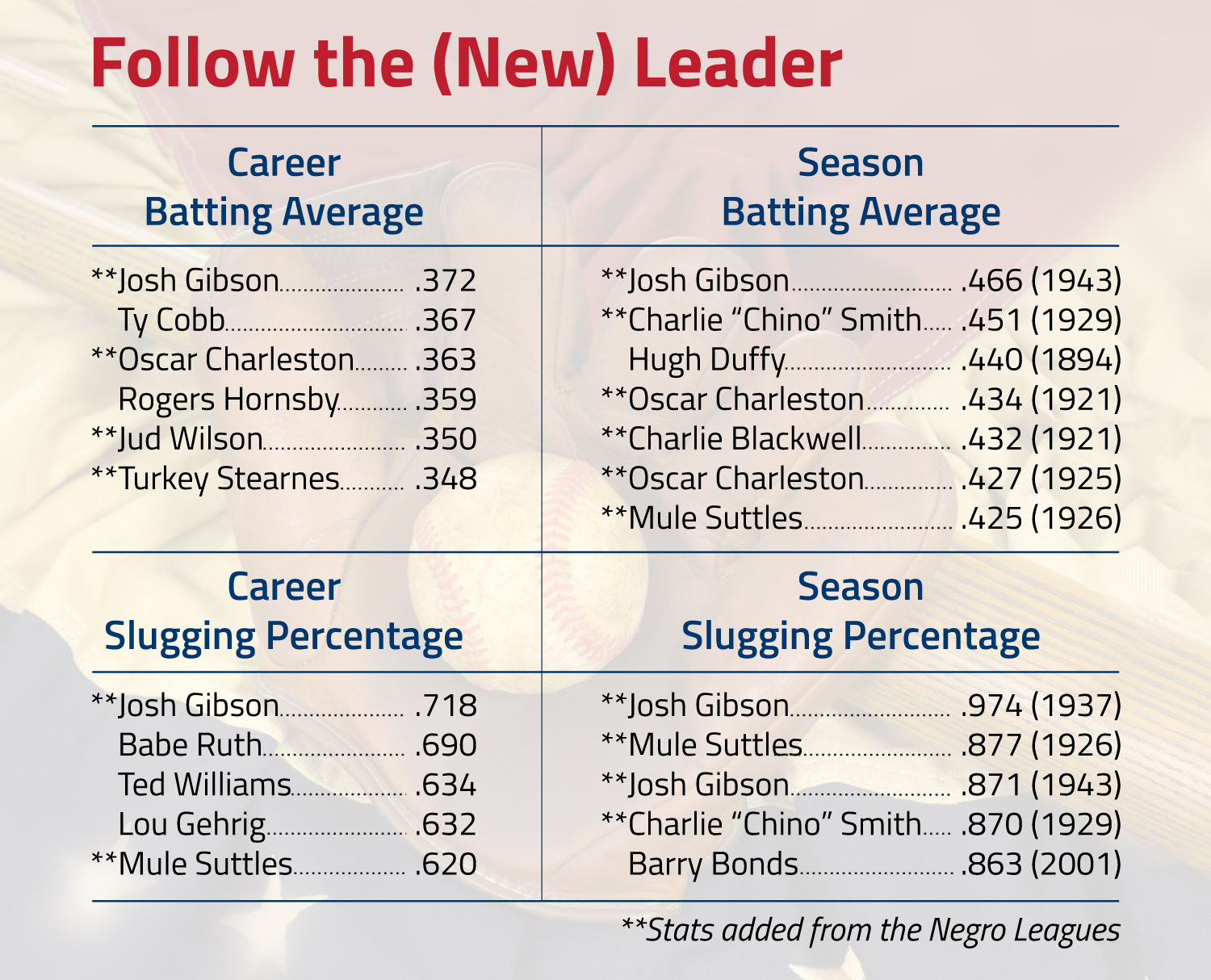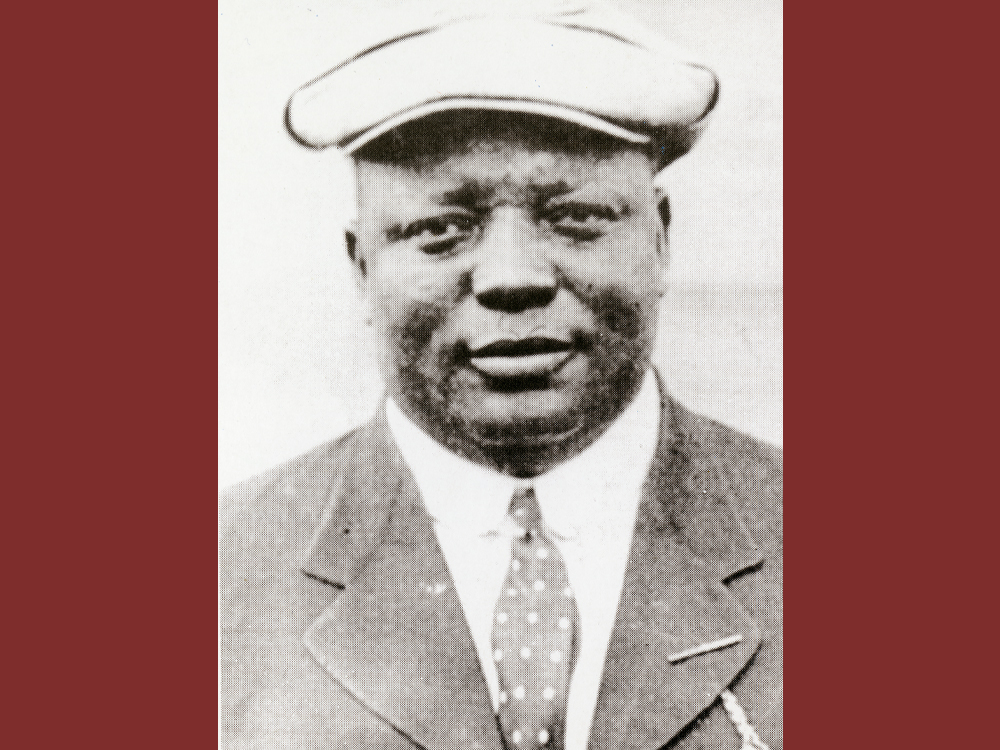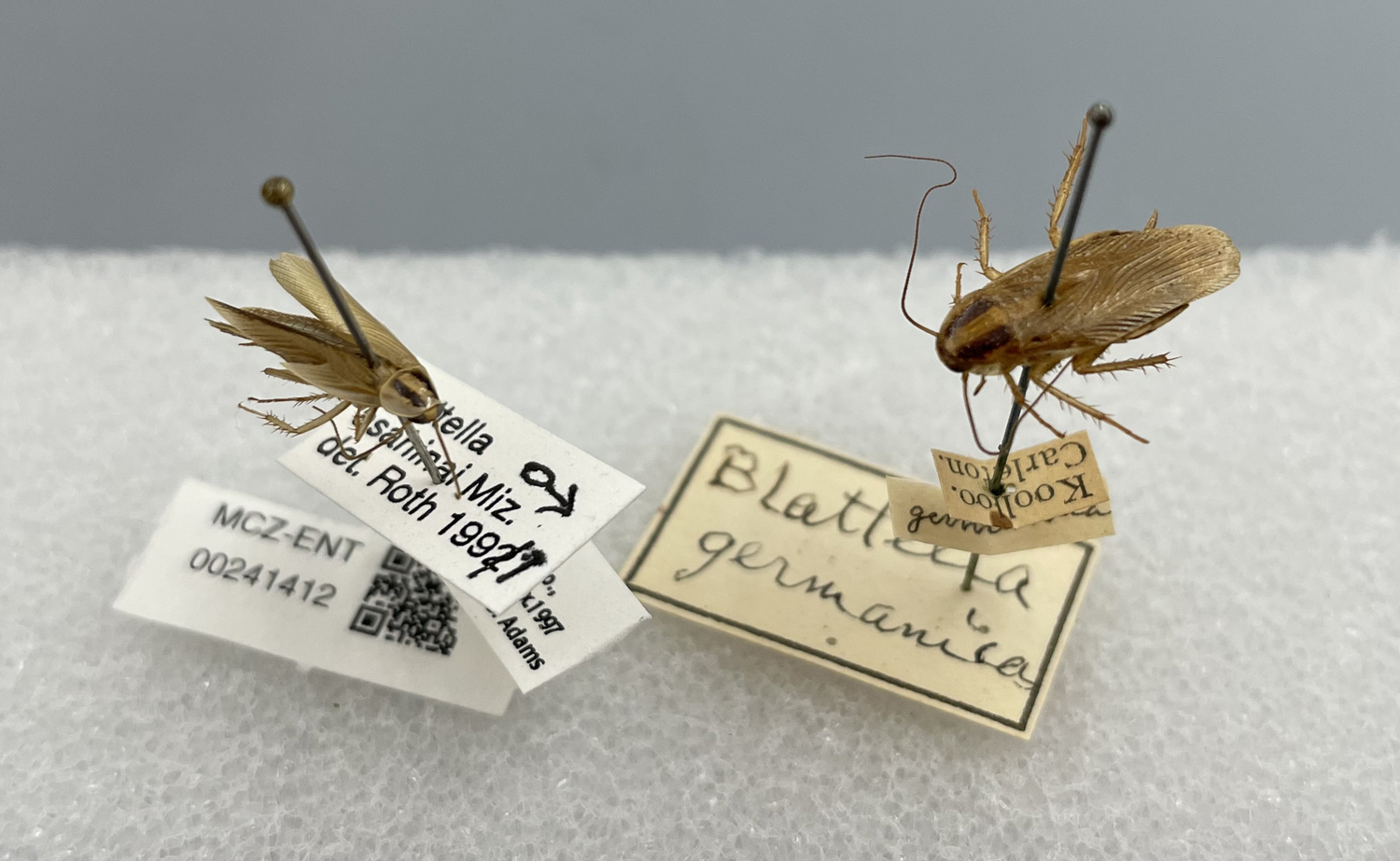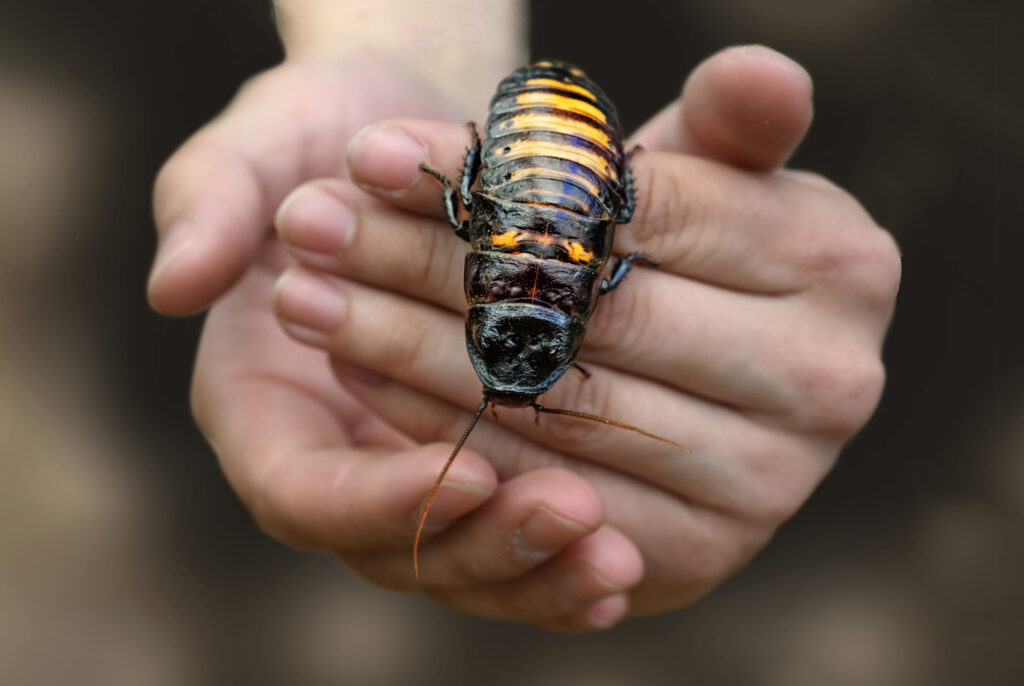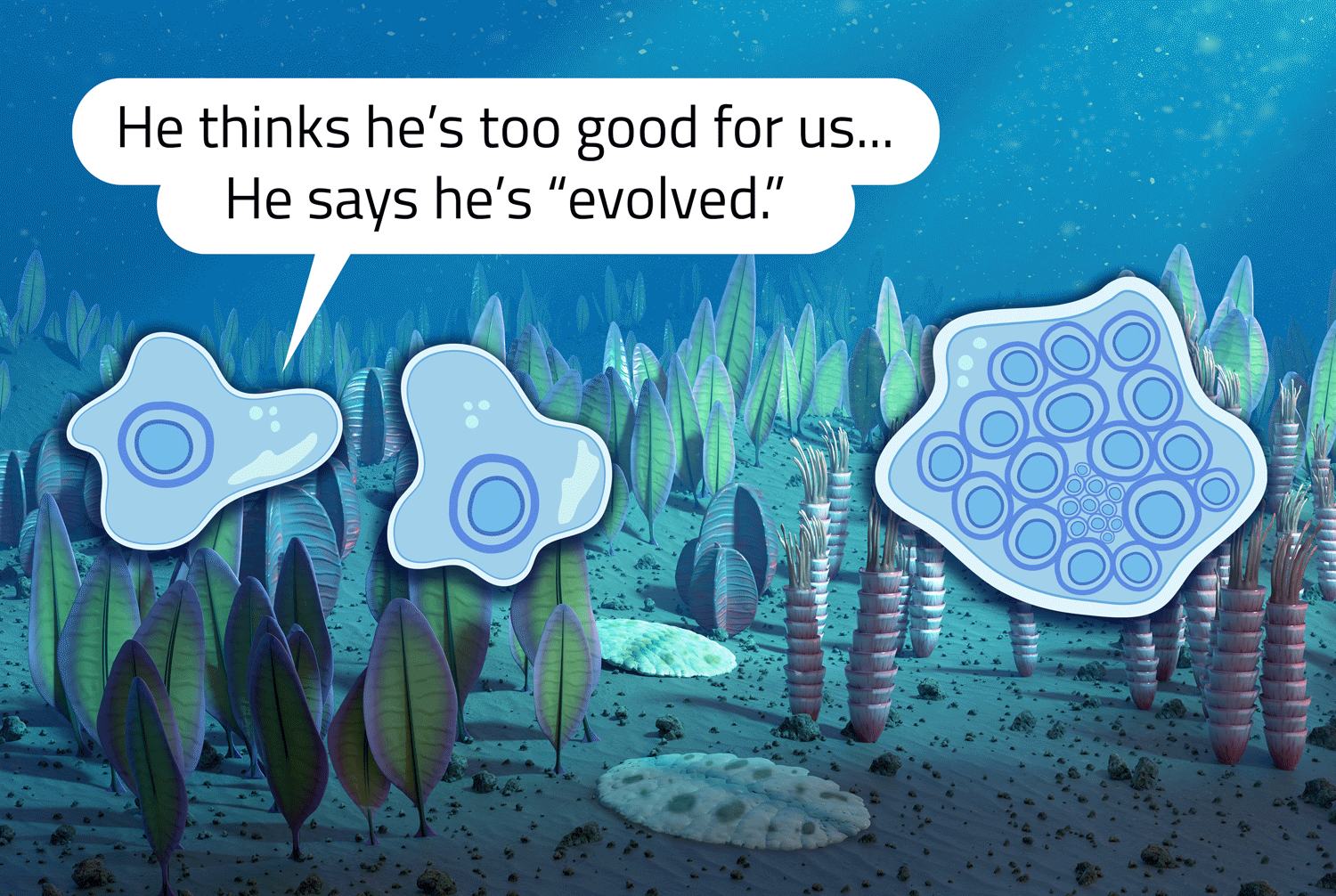Break It Down!
Tons of clothing and other textiles end up in landfills. But scientists have developed a new process to break down textile waste.

© STORYPLUS—Moment/Getty Images
Waste from a garment factory, seen here, is a fraction of the textile waste that ends up in landfills each year.
Each year, 101 million tons (92 million metric tons) of textiles (fabric) are thrown away, and less than 1 percent of clothing is recycled. That’s partly because it’s not that easy to recycle textiles. But scientists have developed a process that could help keep textiles out of landfills.
Many textiles are made from a mixture of natural materials, like cotton, and materials made with plastic, like nylon and polyester. These materials need to be separated before they can be recycled, just as you might separate paper, glass, and plastic into separate recycling bins. But how can they be separated?
Scientists have experimented with a solvent that, with the help of microwave energy, separates and breaks down the different materials. What’s left could be used to make new fabrics, as well as electronics or tires. Similar processes have been used to break down plastic bottles.

Erha Andini, Pooja Bhalode, Evan Gantert, Sunitha Sadula, Dionisios G. Vlachos/University of Delaware, “Chemical recycling of mixed textile waste”. 2024.
This chart shows how scientists were able to break polyester down by using a newly developed chemical process.
But there’s a catch. The solvent is not cheap, and scientists haven’t yet figured out how to turn all the leftover material back into new products. Erha Andini, one of the scientists who conducted the experiments, is hopeful.
“We are chemical engineers, so we think of this process as a whole,” Andini told MIT Technology Review. “Hopefully, once we are able to get pure components from each part, we can transform them back into yarn and make clothes again.”
There are other ways to keep textiles out of landfills, like buying secondhand clothes or finding new ways to use the fabric from old clothes. But if scientists can figure out how to make this new process work, it could be another solution.
“This would be the final stage for the leftovers that just have no other purpose,” Tasha Lewis, an Ohio State University professor, told the Washington Post.
Did You Know?

© Warner Brothers Television Network
In 2019, the United Nations reported that the average person bought 60 percent more clothing than 15 years before.
How Teens Once Dressed
Did you know that kids and teens basically dressed like small adults until very recently? Beginning in the 1950s, certain clothes were marketed, or sold, to teens. From then on, teens no longer dressed like their parents.
Click through the slideshow to see how you might have dressed if you lived way back when.

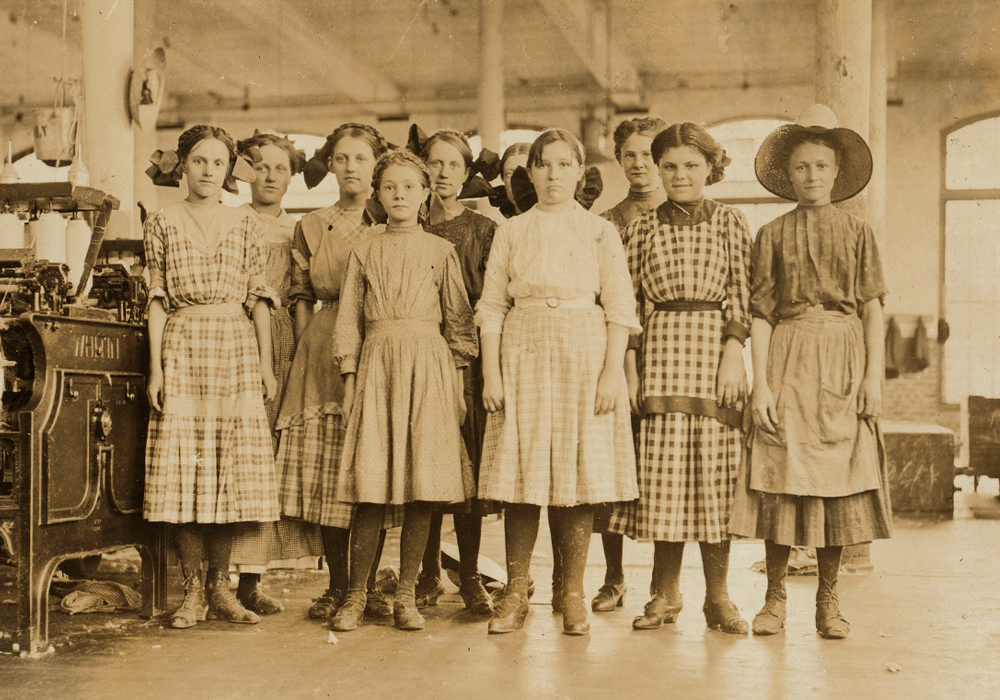



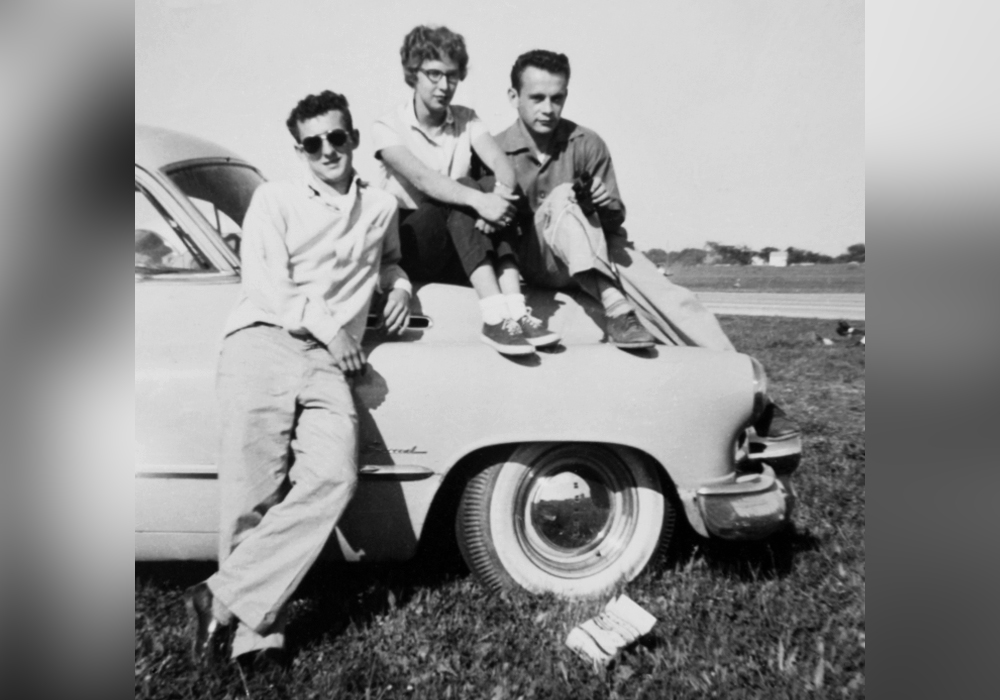

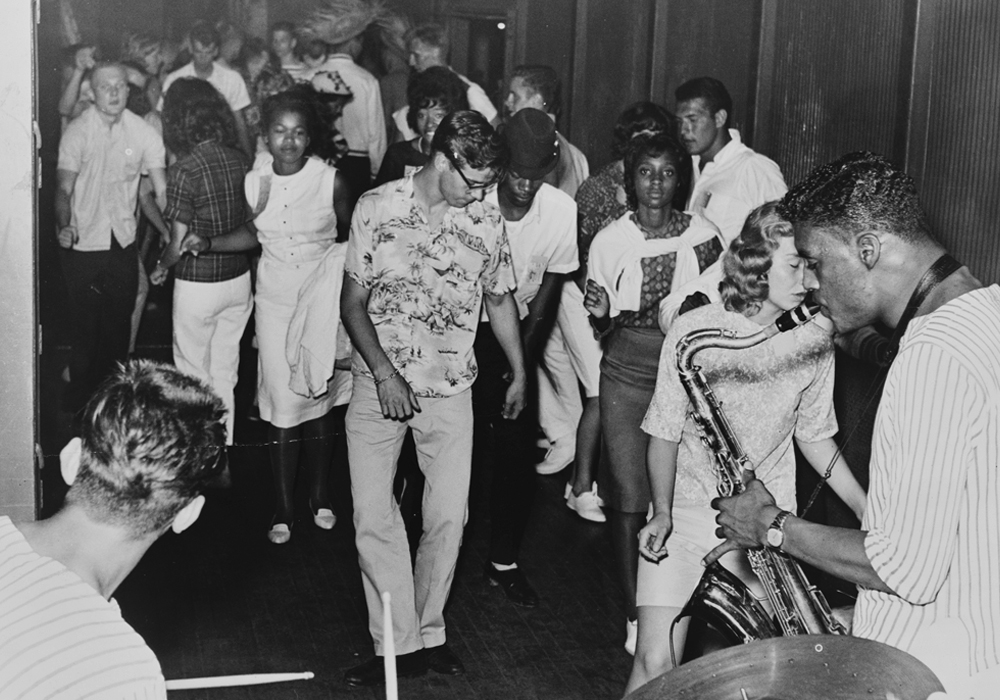




Fashion Facts

Library of Congress, Washington, D.C. (LC-USZ62-95365)
This 1919 clothing ad tells readers that short sleeves are the latest fashion trend. The least expensive dress in the ad cost $14.50, or about $260.00 today.
Clothes have changed a lot since humans first started wearing them. They’re made faster and more cheaply than ever, thanks to technology and new materials.
You can learn more about the history of our clothing—from the Stone Age to today—at Britannica.
WORD OF THE DAY
reclamation
noun
: the act or process of getting something back

Word Search
In honor of National Ice Cream Month (July), see if you can find all the ice-creamy words.












